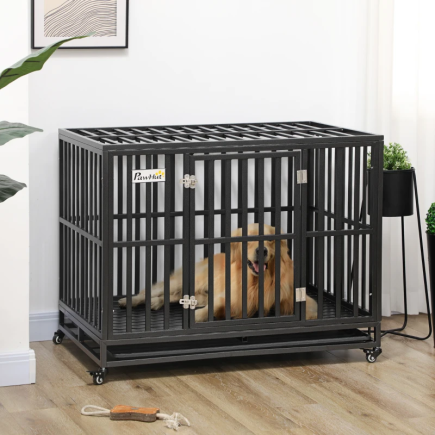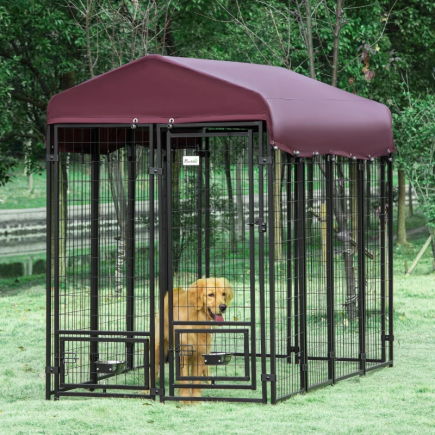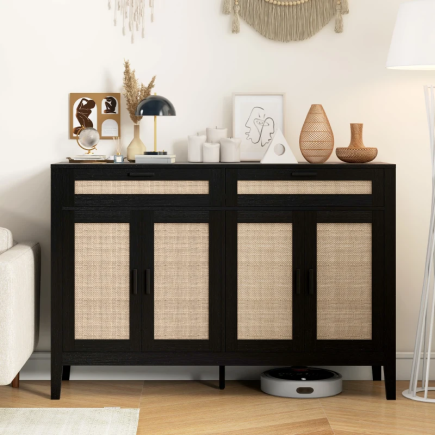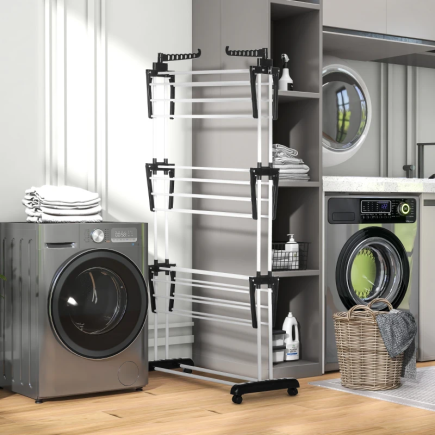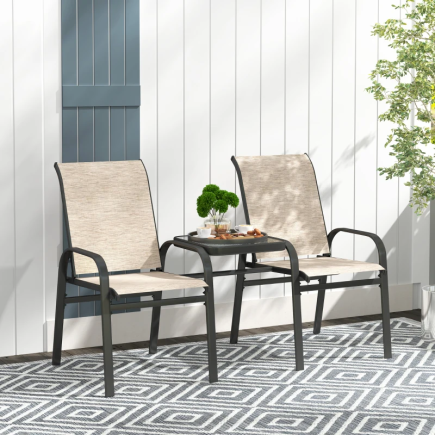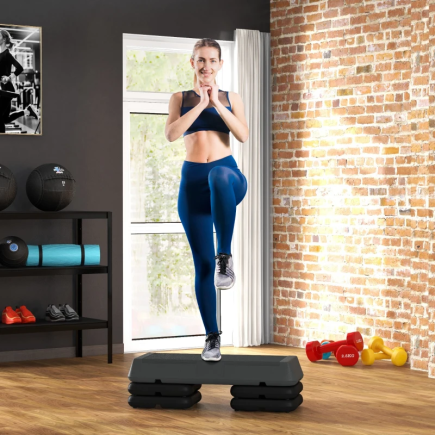If you’ve ever used a mini fridge freezer in a dorm, office, basement, or condo, you know how convenient it is. But understanding how it actually works gives you a serious advantage, whether you’re buying a new one, trying to improve efficiency, or troubleshooting an issue.

1. Understanding the Cooling Cycle Inside a Mini Fridge Freezer
The entire cooling process revolves around a refrigeration cycle powered by a chemical refrigerant and several key components. Here’s what happens:
- The compressor compresses a low-pressure gas into a high-pressure, high-temperature gas.
- This gas moves into condenser coils at the back of the fridge, where it cools and becomes a liquid.
- The liquid refrigerant travels through an expansion valve, reducing its pressure and temperature.
- It enters evaporator coils inside the unit, evaporates into gas again, and absorbs heat from inside the fridge and freezer.
- The cycle repeats continuously to maintain internal cold temperatures.

2. The Role of Key Components in the Cooling System
Understanding the key components will help you grasp how this appliance runs and why each part matters:
| Component | Function |
| Compressor | Pressurizes and circulates the refrigerant |
| Condenser Coils | Release heat to the air outside the fridge |
| Expansion Valve | Reduces refrigerant pressure and temperature |
| Evaporator Coils | Absorb heat from inside the appliance, causing cooling |
| Refrigerant | Transfers heat out of the fridge by changing states (liquid/gas) |

Helpful Tip: Avoid placing your fridge directly against a wall. Leave 2–3 inches of space behind it to let the condenser coils vent heat properly.
3. How the Freezer Compartment Functions
The freezer compartment is typically located at the top of a mini fridge freezer and uses its own set of evaporator coils or shares the coils with the fridge zone.
How It Stays Frozen in a Small Unit
- Freezer coils are embedded behind or within the compartment walls.
- The evaporator cools this zone more aggressively to maintain temperatures well below 0°C.
- Some models include insulated walls or separate doors to reduce temperature loss.
Your ice cream stays frozen, and your frozen meals stay safe for longer periods, just like in a full-sized appliance.
4. How the Thermostat Controls Temperature Automatically
Your mini fridge freezer contains a built-in thermostat that constantly checks the internal temperature. When it reaches the set point (e.g., 3°C for fridge, -18°C for freezer), the compressor shuts off. When it warms up, the thermostat tells the compressor to start again.
Automatic Cycling for Consistency
| Internal Temperature | Compressor Action |
| Too warm | Compressor turns on |
| Reaches set point | Compressor turns off |
This smart cycling helps balance cooling and energy use.
5. Fridge and Freezer Zones: How Airflow and Separation Work
Modern mini fridge freezers are designed to maintain stable temperatures in both compartments.
- Some models use a shared evaporator for both sections.
- Others use dedicated coils and air channels for better control.
- The separation is enhanced by independent doors and air seals.
Helpful Tip: Don’t overfill the fridge or freezer. Air needs space to circulate and cool food evenly.

6. Compressor vs Thermoelectric Mini Fridge Freezers
There are two types of cooling systems in mini fridge freezers:
Comparison Table
| Feature | Compressor-Based | Thermoelectric |
| Cooling strength | Strong (down to -18°C) | Moderate (cooling only) |
| Freezer capability | Yes | Rare or ineffective |
| Power use | Moderate | Low |
| Noise level | Moderate | Very quiet |
| Portability | Lower (heavier) | High (lightweight) |

If you need true freezer performance, always choose a compressor-based unit.
7. Storage Design That Supports Cooling Performance
Inside every mini fridge freezer, the layout can make or break its effectiveness.
Key Features to Look For
- Adjustable shelves to customize storage
- Crisper drawers for fruits and vegetables
- Door bins for bottles and condiments
- Flat-back design for tight spaces

A well-organized fridge keeps air flowing and food fresh longer.
8. How Size and Capacity Impact Cooling

A 4.6 cu. ft. mini fridge freezer like the HOMCOM model strikes a balance between capacity and efficiency.
How Much Can It Hold?
| Item Type | Approx. Quantity It Fits |
| 2L milk jugs | 2–3 in the main fridge compartment |
| Meal prep containers | 6–8 stacked on shelves |
| Frozen meals | 6–10 in freezer compartment |
| Beverage cans | 15–20 in door bins and shelves |
Overfilling reduces airflow, which can lead to warm spots and uneven cooling.
9. Quiet Operation: How Noisy Is a Mini Fridge Freezer?
Most compressor-based mini fridges make a low humming sound when the compressor runs. This is normal and generally unobtrusive in kitchens or shared areas.
Tips for Reducing Noise
- Place the fridge on a level surface
- Avoid direct contact with furniture or walls
- Keep the back coils dust-free
Thermoelectric models are quieter, but they don’t freeze, so they’re not ideal if you need a proper freezer.
10. Is It Energy Efficient? Power Use and Hydro Tips
Mini fridge freezers are smaller than traditional fridges but still consume electricity.
Average Power Use Table
| Appliance Type | Approx. Energy Use (kWh/year) |
| Mini fridge freezer (4.6 cu. ft.) | 250–300 kWh |
| Thermoelectric mini fridge | 150–200 kWh |
| Full-size fridge | 400–600+ kWh |
Energy-Saving Tips
- Keep the fridge ¾ full for efficiency
- Defrost regularly to prevent ice buildup
- Avoid frequent door openings
- Choose Energy Star-certified models if possible
Mini fridge freezers may be small, but they’re built with the same core technology as larger units. Now that you understand how they work, how to care for them, and what features to prioritize, you’re better equipped to:
- Choose the right model for your needs
- Use it more efficiently
- Avoid common issues like poor airflow or overfilling
- Extend its lifespan through simple maintenance
Whether you’re outfitting a dorm room, basement, office, or compact kitchen, a well-chosen and properly maintained mini fridge freezer can serve you well for years. As one of the most reliable Small Kitchen Appliances, it offers long-term performance in a space-saving design, perfect for modern living.
FAQs
1. How does a mini fridge work without a compressor?
Mini fridges without compressors use thermoelectric cooling, which transfers heat using a heat sink and electric current. They’re quieter and more efficient but offer less cooling power than compressor models.
2. Do mini fridge freezers work in hot or humid environments?
They can struggle in extreme heat. High ambient temperatures make the compressor work harder, reducing efficiency.
3. How long will a mini fridge stay cold without power?
A mini fridge can stay cold for up to 4 hours without power, as long as the door remains closed. Opening the door lets cold air escape and shortens that time.
4. Why does my mini fridge freezer feel warm on the outside?
This is normal. Heat is released through the condenser coils or cabinet sides during the cooling cycle.
5. Why is water pooling at the bottom of my mini fridge?
Clogged defrost drain, excessive humidity, or leaving the door open too long can all cause internal condensation.

